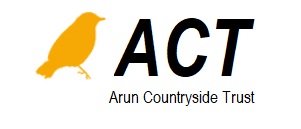Fill your feeders for our feathered friends, for winter’s here.
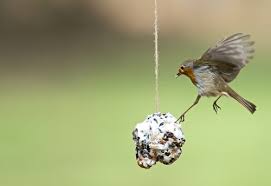 November sees the last leaves fall from the trees and night exceed day in length – the world becomes dark, dull, and at times unpredictable. Wind and rain can take hold, flattening vegetation, burying seed heads and driving the few remaining insects into cracks and crevices and hidden places; frosts can harden the ground and freeze water supplies - minor and unimportant events for humans, but for birds, sometimes devastating.
November sees the last leaves fall from the trees and night exceed day in length – the world becomes dark, dull, and at times unpredictable. Wind and rain can take hold, flattening vegetation, burying seed heads and driving the few remaining insects into cracks and crevices and hidden places; frosts can harden the ground and freeze water supplies - minor and unimportant events for humans, but for birds, sometimes devastating.
Even mild winters leave food in short supply for our birds
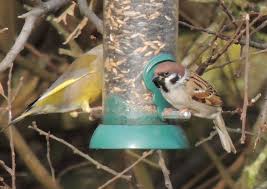 Modern agricultural practices have resulted in plummeting stocks of natural food for many bird species. Hedgerows have been removed, along with their berries and insects; winter wheat sowing has seen the end of fields of stubble providing seeds that are so important for finches, starlings and sparrows; combine harvesters spill hardly any grain; seed cleaning and herbicide use and denser crop sowing have severely reduced availability of arable wildflower seeds in the fields; and pesticide use has decimated invertebrate populations. The liberal use of fertilisers has seen the demise of wild-flower field margins, with their seeds and invertebrates replaced by tall grasses and stinging nettles – common species that prosper under such conditions. The cumulative result of all this is cheaper food for humans, but, a sad and dramatic decline in our British birds.
Modern agricultural practices have resulted in plummeting stocks of natural food for many bird species. Hedgerows have been removed, along with their berries and insects; winter wheat sowing has seen the end of fields of stubble providing seeds that are so important for finches, starlings and sparrows; combine harvesters spill hardly any grain; seed cleaning and herbicide use and denser crop sowing have severely reduced availability of arable wildflower seeds in the fields; and pesticide use has decimated invertebrate populations. The liberal use of fertilisers has seen the demise of wild-flower field margins, with their seeds and invertebrates replaced by tall grasses and stinging nettles – common species that prosper under such conditions. The cumulative result of all this is cheaper food for humans, but, a sad and dramatic decline in our British birds.
Mid Arun Valley is a winter haven for many birds ...
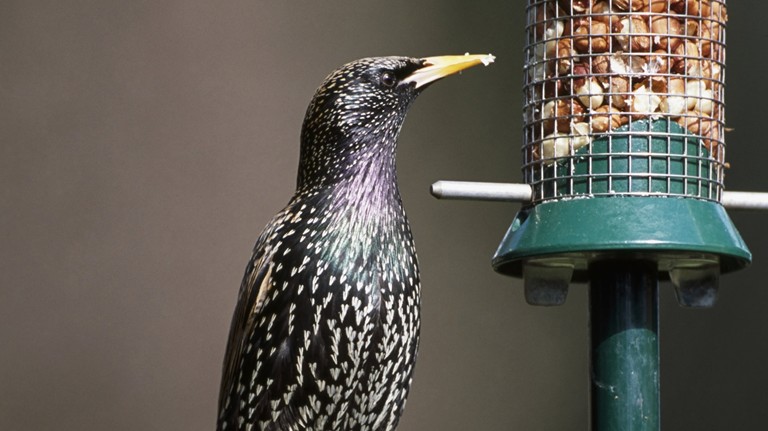 In the Mid Arun Valley, many land-owners have adhered to more traditional and less intensive farming practices and we still have a network of hedgerows, shaws and ditches fringed with wild flowers. Arable field margins are wide, and, in places flower-rich. Binsted Rife along with sleepy damp and almost forgotten fields to the east of Binsted village are packed with flowers and sedges – a veritable feast of seeds. These habitats support clouds of insects in the summer months because pesticides are less often used – and this shows in our local bird populations.
In the Mid Arun Valley, many land-owners have adhered to more traditional and less intensive farming practices and we still have a network of hedgerows, shaws and ditches fringed with wild flowers. Arable field margins are wide, and, in places flower-rich. Binsted Rife along with sleepy damp and almost forgotten fields to the east of Binsted village are packed with flowers and sedges – a veritable feast of seeds. These habitats support clouds of insects in the summer months because pesticides are less often used – and this shows in our local bird populations.
Nevertheless, winter survival is by no means guaranteed, for short days means limited foraging time just when high energy food is an absolute necessity for survival through long and cold nights. In addition, winter forage is extremely patchy and unpredictable and to overcome this lots of birds form loose mixed feeding flocks - for many eyes make light work of finding food.
... but they still very much need your support!
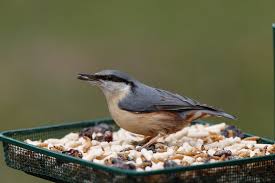 Feeding stations can be life-savers during the winter, and this is the ideal time to stock hanging feeders with nuts, seeds and fat-balls for they will undoubtedly be found by foraging flocks. Large, colourful and chattering groups of tits, finches and sparrows will visit on their daily rounds, as well as loners such as nuthatches, woodpeckers and others - the sight of which will certainly cheer the dullest of November days.
Feeding stations can be life-savers during the winter, and this is the ideal time to stock hanging feeders with nuts, seeds and fat-balls for they will undoubtedly be found by foraging flocks. Large, colourful and chattering groups of tits, finches and sparrows will visit on their daily rounds, as well as loners such as nuthatches, woodpeckers and others - the sight of which will certainly cheer the dullest of November days.
Pictures credit: RSPB
